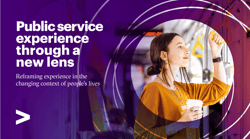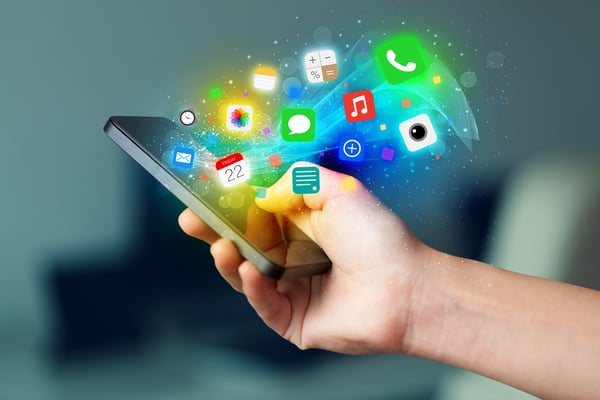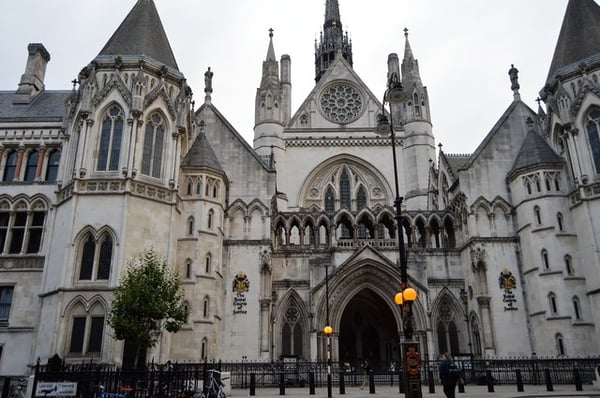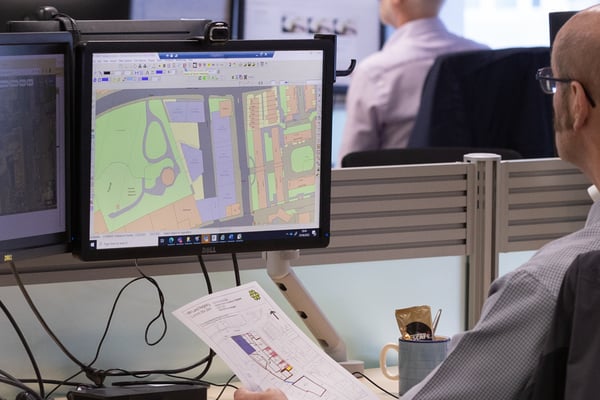A Customer Service Wish List for Government
 Government agencies looking to evaluate and modernise their public service offerings should be aware of the challenge facing their operations- at least in the eyes of those that they serve. A high percentage of people using public services find the actual task of accessing them a challenging and sometimes unpleasant process; more than half (53%) of respondents earlier this year said that accessing public services is frustrating, and only one-third (36%) viewed government processes and interactions as intuitive.
Government agencies looking to evaluate and modernise their public service offerings should be aware of the challenge facing their operations- at least in the eyes of those that they serve. A high percentage of people using public services find the actual task of accessing them a challenging and sometimes unpleasant process; more than half (53%) of respondents earlier this year said that accessing public services is frustrating, and only one-third (36%) viewed government processes and interactions as intuitive.
Part of the challenge is the pure nature and purpose of government: to serve a diverse range of people with widely varying needs. The same research showed that 75% of people interact with government services from zero to two times a year and, given such infrequent interaction, it is not surprising that most people do not get familiar with interfaces or processes. Simple and intuitive solutions better enable people to get what they need on their first attempt.
Widespread but infrequent interactions
The fact is that most government organisations should, at this stage, be able to deliver first-time customer resolution, and at scale. Widespread but infrequent interactions of citizens with government still add up to an enormous volume of public service transactions each year. For example, if every adult in the UK interacted with a government service just once this year, that would represent 53 million transactions.
Even as society becomes more digital, and the associated service cost savings become more realised, government still needs other effective options including walk-in, telephone, and postal channels. Many people still favour or need a human touch, whether in person or over the telephone, based on the type of service. Around 40% of respondents said that “in-person” is one of their preferred ways to access information from the government, while over 20% lack high speed internet access at home, underscoring the need to better maintain these more human-centric modes.
Ultimately, people want the following basic elements in their public service experiences:
1. Simplicity. One of the chief findings was about lengthy and confusing processes or uncertainty around what materials they need or where to start. Governments need to make it easy for users to get the help and outcomes they need, but unfortunately, around a third of those surveyed do not see government agency processes and interactions as clear or understandable. It is a feeling shared by public sector employees, as well, who also noted inefficient or inconsistent processes, seeing them as barriers to providing better customer service.
While reducing unnecessary complexity at times requires reorganisation, some quicker and more affordable fixes can make a tremendous difference include redesigning interactive voice response (IVR) flows, providing targeted employee training, or revising service messaging for selected audiences. An emphasis in government on using everyday language, for example, can make it easier for people to get the help they need.
2. Humanity. Although serving and protecting people is at the heart of public service, many people feel that their concerns are not treated with sensitivity when they interact with a government agency. In fact, nearly a third (30%) of respondents felt this way, up from 20% in 2019. Clearly, there is room for improving empathy and related skills. For instance, they can solicit feedback and at times collaborate with their customers in designing and deploying services. In addition to the personalised digital solutions, there should also be options to bring a human into the experience if a chat bot, IVR tree, online application or alternative digital tool is not helping. Conversely, agencies that automate repetitive tasks can make employees’ jobs more rewarding and mission oriented. The fact is that most government workers are inspired by public service, open to learning new ways to serve customers and are confident in their ability to use new digital tools. Automation of highly repetitive customer service tasks, where appropriate, can offer speed, cost savings, and new opportunities for government to dedicate employees to value-added functions.
3. Security. It is not surprising that in today’s climate, many people are concerned about government agencies’ ability to secure their personal information and use it appropriately. In fact, only 49% of survey respondents are confident that agencies are properly using their data. To reverse this, agencies need leaders that are security champions, helping to break down organisational silos, raise standards and drive customer outreach and education on security issues. Data security also demands attention for agency workforce awareness and training. Only 33% of public servants surveyed report that they receive cyber and data security training. Much broader and regular training across public workforces is essential to improve cyber defences, data security and trust in government on data and privacy issues.
We know people prioritise simplicity, humanity, and security in their interactions with government, and these characteristics can and should help guide customer services. Public perceptions, confidence and organisational outcomes are at stake, and focusing on the essentials, rethinking, and adapting customer services can and should be a central element of government modernisation efforts.







